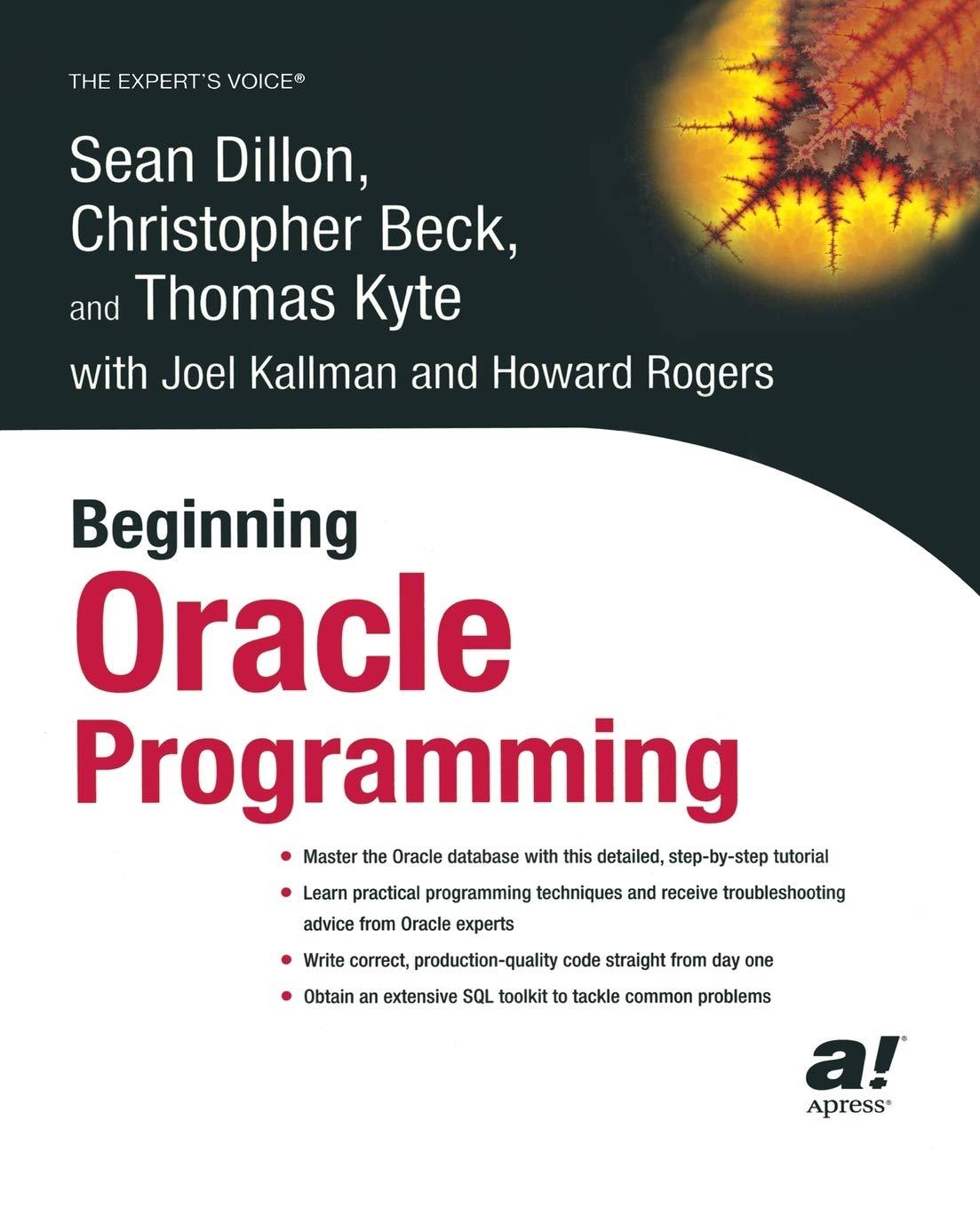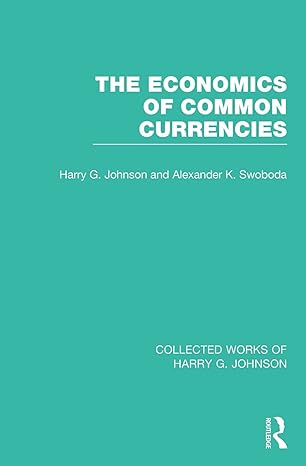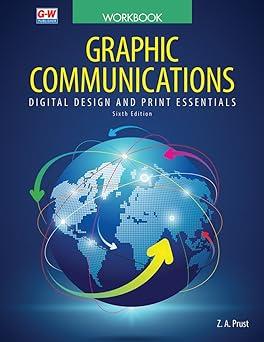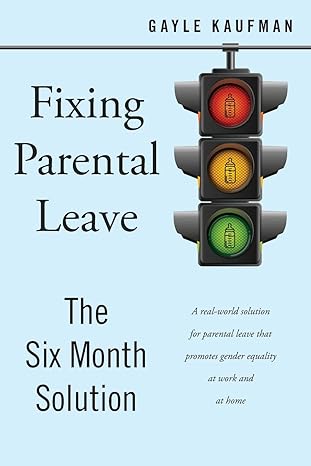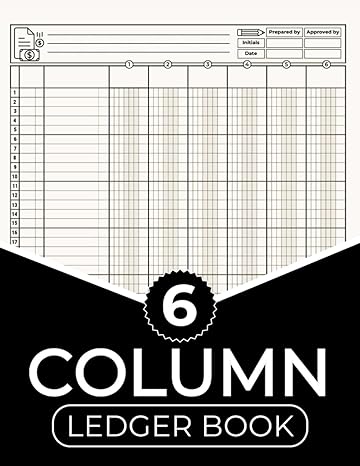Go back

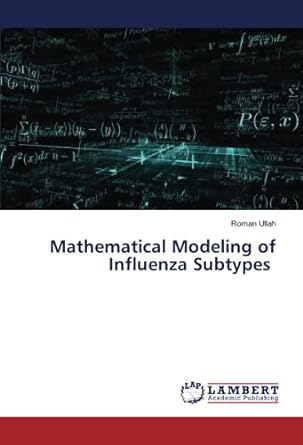
Mathematical Modeling Of Influenza Subtypes(1st Edition)
Authors:
Roman Ullah

Cover Type:Hardcover
Condition:Used
In Stock
Include with your book
Free shipping: April 04, 2024Popular items with books
Access to 3 Million+ solutions
Free ✝
Ask 10 Questions from expert
200,000+ Expert answers
✝ 7 days-trial
Total Price:
$0
List Price: $75.00
Savings: $75(100%)
Book details
ISBN: 6203864072, 978-6203864076
Book publisher: LAP LAMBERT Academic Publishing
Get your hands on the best-selling book Mathematical Modeling Of Influenza Subtypes 1st Edition for free. Feed your curiosity and let your imagination soar with the best stories coming out to you without hefty price tags. Browse SolutionInn to discover a treasure trove of fiction and non-fiction books where every page leads the reader to an undiscovered world. Start your literary adventure right away and also enjoy free shipping of these complimentary books to your door.
Mathematical Modeling Of Influenza Subtypes 1st Edition Summary: This book is concerned with mathematical modeling and optimal control of influenza A subtypes H1N1 and H5N1. Mathematical models are derived to better understand the transmission and spread of the diseases, and then the dynamical behavior with all possible equilibria of the proposed model for influenza are also discussed. The backward bifurcation phenomenon suggests that the reproductive number R0 <1 is not enough to eliminate influenza H1N1 from the population under consideration. So an accurate estimation of parameters and level of control measures are important to reduce the spread of influenza in an endemic region. To prevent the future pandemic of emerging avian-influenza H5N1, a human-to-human transmittable compartmental model is proposed. By using optimal control theory, the proposed models to assess the impact of some control measures is extended. The proposed control techniques for the elimination of influenza H1N1 mainly depend on vaccination coverage but since the vaccine for avian-influenza is not available in the market yet, therefore the emphasize is on education campaign and isolation of the infectious individuals.This book is concerned with mathematical modeling and optimal control of influenza A subtypes H1N1 and H5N1. Mathematical models are derived to better understand the transmission and spread of the diseases, and then the dynamical behavior with all possible equilibria of the proposed model for influenza are also discussed. The backward bifurcation phenomenon suggests that the reproductive number R0 <1 is not enough to eliminate influenza H1N1 from the population under consideration. So an accurate estimation of parameters and level of control measures are important to reduce the spread of influenza in an endemic region. To prevent the future pandemic of emerging avian-influenza H5N1, a human-to-human transmittable compartmental model is proposed. By using optimal control theory, the proposed models to assess the impact of some control measures is extended. The proposed control techniques for the elimination of influenza H1N1 mainly depend on vaccination coverage but since the vaccine for avian-influenza is not available in the market yet, therefore the emphasize is on education campaign and isolation of the infectious individuals.
Customers also bought these books
Frequently Bought Together
Top Reviews for Books
ZAHWA DAWOOD SADOU
( 4 )
"Delivery was considerably fast, and the book I received was in a good condition."



